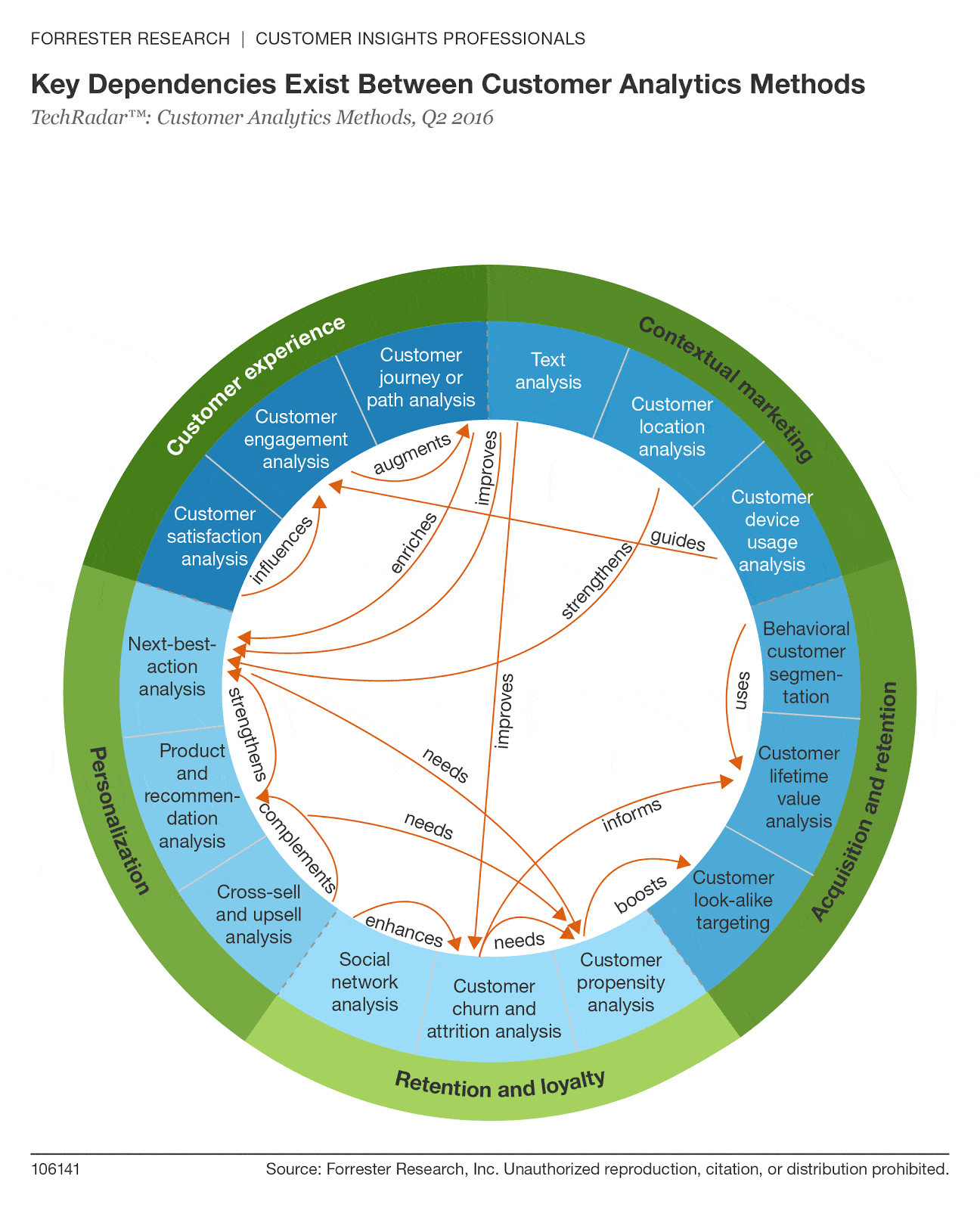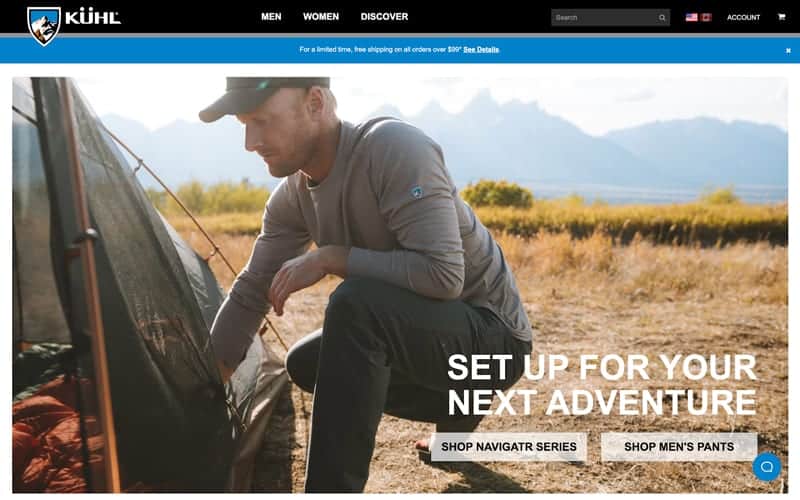Webinar Recap: How Personalization Beats Segmentation to Create the Next Best Experience
VP of Product Marketing, Justin Sears, recaps the August 12th webinar with Forrester analyst Brandon Purcell.

Last week, I had the honor and privilege of co-hosting a webinar with Brandon Purcell, Principal Analyst at Forrester Research. I’ve only recently gotten to know Purcell, but our conversation was easy because we have three very important interests in common: personalization, artificial intelligence, and Charles Dickens.
Our jumping off point was one of Purcell’s reports that summed up how many of us may be feeling about the revolutionary changes to ecommerce. That report is titled The Best Of Times and the Worst Of Times For Segmentation: Overthrow Traditional Customer Segmentation In The Personalization Revolution.
The Best of Times and the Worst of Times
Much of the plot of Charles Dickens’ classic, A Tale of Two Cities, revolves around a case of mistaken identity between the noble French emigree, Charles Darnay, and the heavy drinking lawyer, Sydney Carton, who looks exactly like Darnay. Segmentation and personalization, like Carton and Darnay, are often confused as one and the same, with equally dramatic consequences (sans guillotine). In fact, upon revisiting this great work of fiction, it seems to me that Dickens may have seen personalization coming.

At the beginning of our webinar, Brandon Purcell explained the recent history of how we have used data. This long arc has taken us from the Age of Manufacturing (1900-1960) with its low volume of highly precise data, through the Age of Distribution (1960-1990) with growing volumes of financial, sales and product data, to the Age of Information (1990-2010) with its more amorphous data on transactions and customers.
Now we are in the Age of the Customer, and we customers generate a cacophony of behavioral, social, mobile, environmental and sensor data. All of this volume and variety of data has broken the customer insights lifecycle that was supposed to move from neat data to clear insights to orderly action. Now, human hearts, heads and hands can no longer keep up with the data.
Purcell explained how artificial intelligence (AI) promises to automate and optimize the insight lifecycle, at a far larger scale and far greater velocity than has been possible. This allows customer insights professionals to fulfill the unfinished promise of customer analytics: getting the right message to the right customer at the right time.
A Multitude of People and Yet a Solitude
Also a Tale of Two Cities phrase, this “lonely multitude” describes how we often feel as we wander through our modern digiscape. Companies try to reduce “the multitude” to a segment, based on a small number of simplistic characteristics like age, gender, location or profession. But when they segment us based on factors that don’t predict how we behave, they treat us like one of a million, not like one in a million. The result? We still feel alone and misunderstood.
What personalization requires, Purcell explained, is a combination of analytical techniques. For example, personalization requires analysis of cross-sell and upsell opportunities, product recommendations and next best actions. But next-best-action analysis needs customer propensity analysis and is strengthened by customer location analysis, and so on and so forth.
 |
Forrester Report, TechRadar™: Customer Analytics Methods, Q2 2016. |
At this point in the webinar, I was nodding my head enthusiastically, because Brandon was talking about something that we strive for at Lucidworks: connections.
These connections are everywhere, and we ignore them to our detriment. When we connect one analytic technique to another, we see a far clearer picture of reality. When we connect the behavioral signal of one online shopper to the signals sent by millions before, we can connect to what that individual needs in the moment. When we connect one employee to a colleague’s expertise, we empower her to solve harder problems.
Tis a Far Far Better [Way I Serve] Today Than I Have Ever [Served Before]
Yes, I’ve taken liberties with that famous quote, uttered by Carton minutes before giving his life so that Darnay may live. Who does not identify with that moment of redemptive heroism? Carton went willingly to give himself to a higher calling (love, true love) that he hadn’t understood or felt in his rakish ways as a man about town.
Carton found peace when he found a better way to serve.
One of our Lucidworks customers, the outdoor apparel e-tailer Kuhl, uses the Lucidworks Fusion platform to personalize the next best experience for its online shoppers. Kuhl generously provided its product catalog data that we used to build a digital commerce demo.
During the webinar, I showed about 10 minutes of that demo, so the audience got a glimpse of just how good personalization can feel. Getting the next best shopping experience right is important for KPIs like clickthrough rates or add-to-cart and average order value metrics. But it’s also important for the merchandisers working at Kuhl. Because Fusion, and the Predictive Merchandiser add-on application, use machine learning to automatically offload much of the day-to-day drudgery of maintaining business rules to “hard code” search and browsing results, the Kuhl team spends more of its time cultivating the overall site experience. Or they go skiing.

After the demo, Brandon connected all the pieces with an overview of how customer experience (CX) professionals can optimize their insights and applications to reliably offer next best experiences. He showed a thought experiment of how a CX pro should make a real-time choice between a product offer, retention incentive or proactive service (rather than throwing all of them at a customer in the hopes that something sticks). Brandon then gave a real-life example of how Charles Schwab uses machine learning to make call center conversations better, and I gave another example from one of our customers. Wealth managers use Fusion to inform real-time recommendations to high-value clients during phone consultations.
I suspect and hope that this will not be the last webinar that Brandon Purcell and I do together. I enjoyed telling the story, with Purcell, about revolutionary change driven by personalization, AI and next best experiences. The digital revolution swirling about us may not be as gory as the French Revolution. But now and again, your customers find themselves either in the “Season of Light” or the “Season of Darkness”. When you choose personalization over segmentation, you can show them to the light by creating their next best experience.
Contact us to learn more about how we can help you do that.
Best of the Month. Straight to Your Inbox!
Dive into the best content with our monthly Roundup Newsletter!
Each month, we handpick the top stories, insights, and updates to keep you in the know.